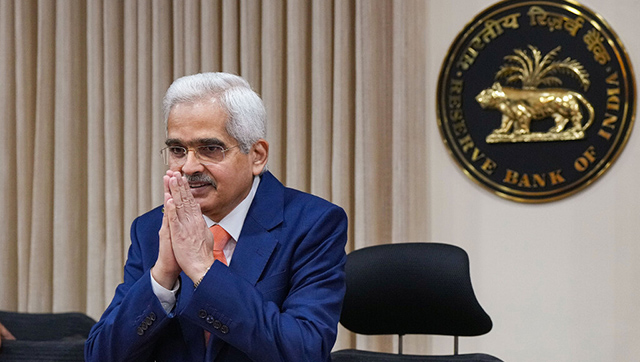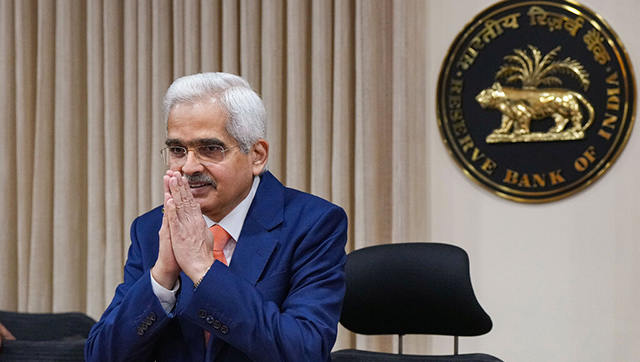India is slowing down. Fresh evidence comes from the gross domestic product (GDP) numbers for the last quarter of 2010-11 (Q4), when GDP grew at its slowest in six quarters. The only question is: who or what is doing the damage?
Clearly, inflation and interest rate hikes are beginning to bite. The higher growth base of the previous year did not help matters. Growth in the fourth quarter slowed to 7.8% as industry decelerated even while services and agriculture continued to perform well (see table). Things can only get worse in the short-term, as the Reserve Bank hiked interest rates even further in early May.
But there’s a silver lining visible in the rear window. Taking 2010-11 as a whole, India’s economic growth accelerated to 8.5 percent from 8 percent in the previous year. These growth figures raise two important questions:
• Why is there a disconnect between agriculture and inflation? In the past, good farm output has had a moderating effect on inflation.
• Is monetary policy the villain of the piece? Are high interest rates killing off growth without denting inflation?
A look at the 2010-11 data clearly shows that agriculture has given a good show last year, with growth of 6.6% on account of a strong kharif harvest in the autumn of 2010, in comparison with just 0.4% in 2009-10. In a year of bad monsoons and poor agricultural output, rising food prices are more easily explained. But 2010-11 saw strong agricultural GDP, and intuitively one should expect lower food prices on account of a lower demand-supply mismatch.
A look at the 2010-11 food articles inflation suggests otherwise - with an over 15% rate maintained in both years. That said, it does need to be noted that in March 2011 and April 2011, annual food articles inflation has finally touched single digits. Is it a lagged impact of the agricultural harvest? It is tough to say for now, but we would look closely at trends in food inflation going forward to ascertain it.
But while agriculture has performed, the same cannot be said of industry. The 2010-11 annual figures show little change in industry performance from the previous year, but the quarterly figures show a decline in annual industry growth every quarter for the past four quarters. Of course, during the second half of this fiscal year, there is clearly a base effect at play (Q4 industry growth was at 12.4% in 2009-10, hence 2010-11 figures look lower). But that is not the only reason. Manufacturing, the star performer in industry last year, has slowed down considerably.
A close look at industrial production numbers indicates that we should have seen it coming - below 5% industry growth over the past few months is also reflected in the 2010-11 GDP numbers. In fact, investments, or gross capital formation, have also shown some decline in the last two quarters as a proportion of GDP (31.3% in the second half of 2010-11 in comparison to 32.7% in the first half), further indicating that interest rates might have begun to impact the economy adversely.
But, the verdict is still out there, with respect to the link between growth and interest rates, since interest rate-sensitive services sectors like financials and real estate do not appear to have slowed down, and private consumption expenditure has also maintained an 8% growth in Q4, even if slightly slower than the previous quarters.
Maybe, the 2010-11 numbers don’t say it all. The bad news could be coming this year.


)




)
)
)
)
)
)
)
)